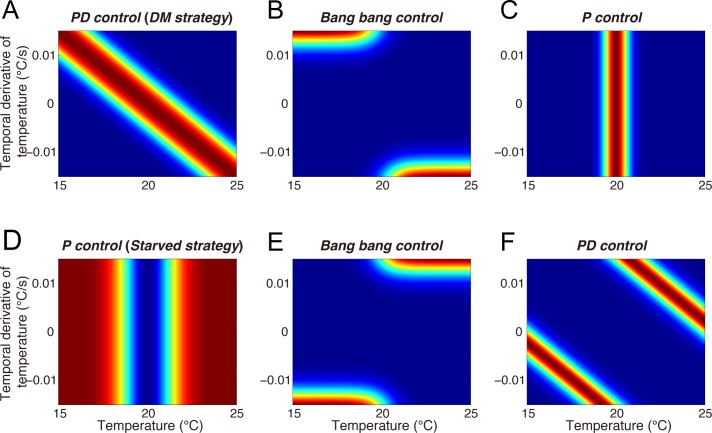Fig 5. Possible strategies involved in preference and avoidance of the cultivation temperature.
Each panel represents the desirability function of a possible strategy (fed worms: A-C, starved worms: D-F). The prior knowledge that fed worms navigate to the cultivation temperature and starved worms escape the cultivation temperature suggests several possible strategies, but does not identify the actual strategy exhibited by the animals. The inverse reinforcement learning approach identified that the fed worms use the proportional-derivative (PD) control-like DM strategy shown in (A), while the starved worms use the proportional (P) control-like strategy shown in (D).

